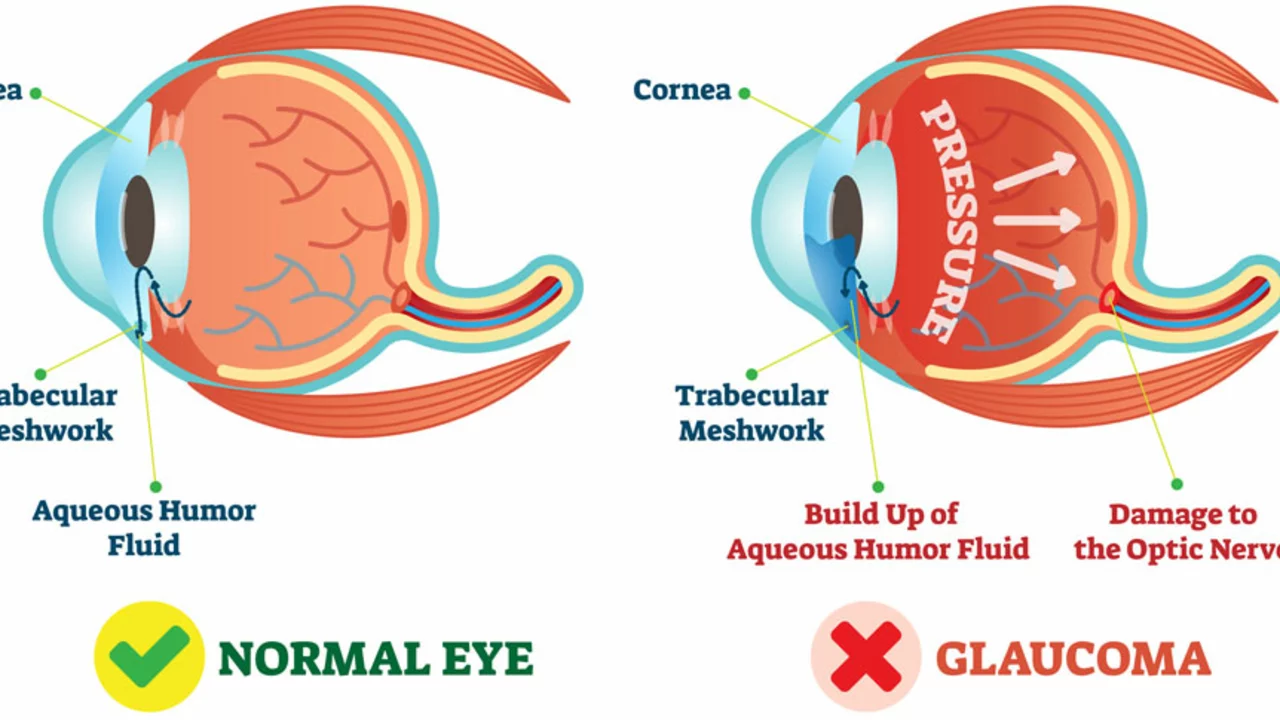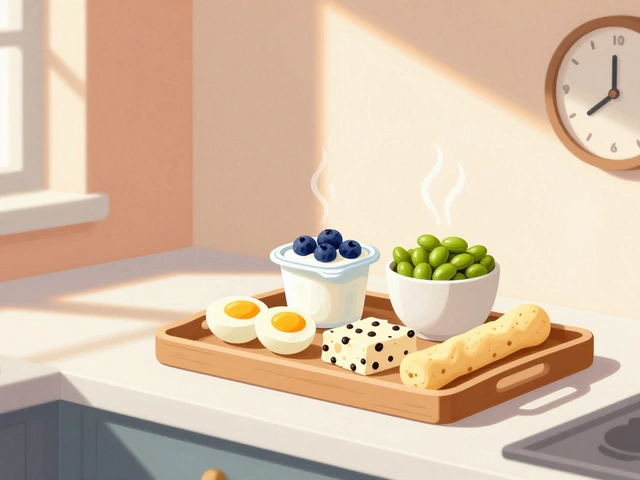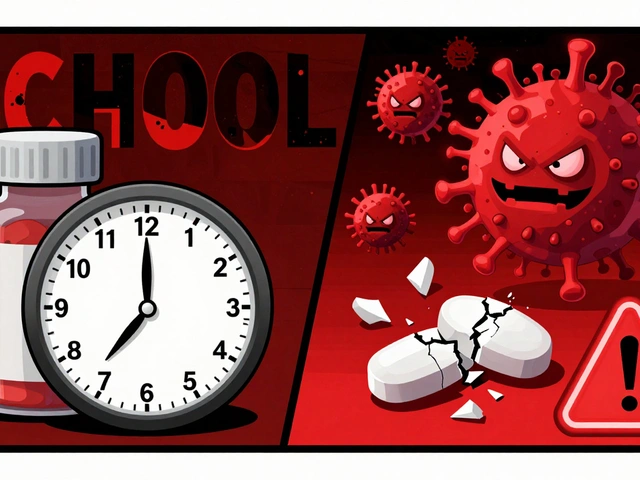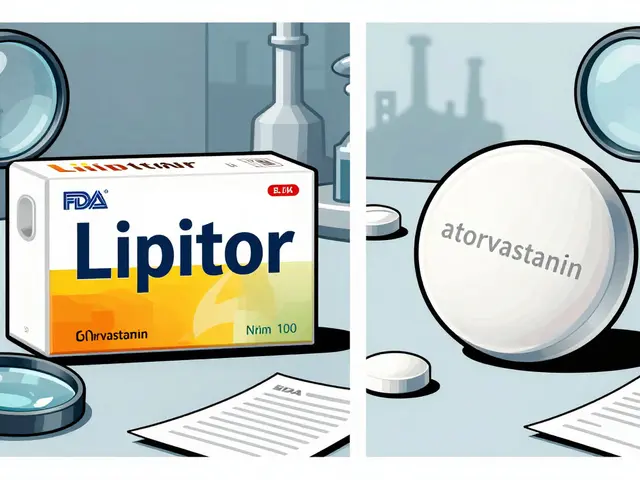Understanding Glaucoma: What You Need to Know
Glaucoma is a group of eye problems that slowly damage the optic nerve. The main culprit? Too much fluid pressure inside the eye. If you ignore it, you can lose peripheral vision and eventually go blind. The good news is that early detection and treatment keep most people from losing sight.
How Glaucoma Affects Your Eyes
The eye constantly produces a watery fluid called aqueous humor. It drains out through tiny channels. When those channels get clogged, pressure builds up – we call this intra‑ocular pressure (IOP). High IOP squeezes the optic nerve, which sends visual information to your brain.
Most people don’t feel any pain or notice changes at first. That’s why glaucoma is called the "silent thief of sight." The first sign often shows up as a loss of side vision – you might not see objects coming from the edges when walking down a hallway.
There are several types:
- Primary open‑angle glaucoma: the most common, develops slowly and without obvious symptoms.
- Angle‑closure glaucoma: pressure spikes quickly, causing sudden eye pain, halos around lights, nausea, and blurry vision. This needs emergency care.
- Normal‑tension glaucoma: optic nerve damage occurs even though pressure readings look normal.
Risk factors include age over 60, family history, African or Hispanic ancestry, thin corneas, and conditions like diabetes or high blood pressure. If any of these apply to you, schedule an eye exam.
Ways to Manage and Prevent Vision Loss
The cornerstone of treatment is lowering IOP. Doctors have three main tools:
- Eye drops: most patients start here. They reduce fluid production or improve drainage.
- Laser therapy: a quick, office‑based procedure that opens up drainage pathways.
- Surgery: creates a new route for fluid to leave the eye when meds and lasers aren’t enough.
Stick to your medication schedule even if you feel fine – missing doses can let pressure creep back up. Set alarms or use a pill‑box to stay on track.
Lifestyle tweaks also help. Regular exercise (like brisk walking) lowers eye pressure modestly. Eat foods rich in leafy greens and omega‑3 fats, which support overall eye health. Avoid smoking; it narrows blood vessels that feed the optic nerve.
Regular check‑ups are non‑negotiable. An eye doctor can measure IOP, take images of the optic nerve, and track any changes over time. Most insurers cover yearly glaucoma screenings for at‑risk adults.
If you’re diagnosed, don’t panic. Modern treatments keep most people’s vision stable for decades. The key is early action, consistent care, and staying informed about what your eyes need.
Remember: glaucoma doesn’t have to steal your sight. Knowing the signs, getting checked, and following a treatment plan give you control over your eye health.






